What’s wrong with my cast iron plant?
Heruga (7a Northern NJ)
last year
Related Stories
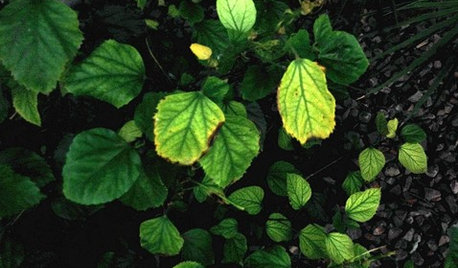
GARDENING GUIDESWhat's Wrong With My Plant? Leaves Often Hold the Clues
Learn how to identify common plant ailments by reading their leaves
Full Story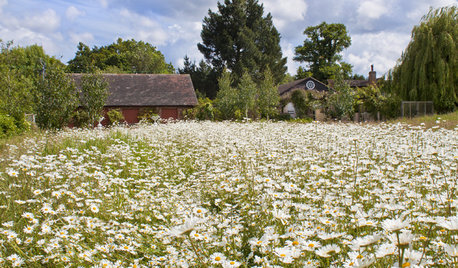
GARDENING GUIDESHouzz Call: What’s Your Favorite Backyard Beauty?
The simple, honest daisy is this writer’s go-to garden flower. We want to hear which plant, flowering or otherwise, gives you special joy
Full Story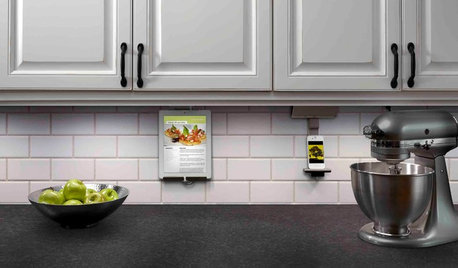
KITCHEN DESIGNHouzz Call: What’s Cooking in Your Kitchen?
Most of us turn to recipes, videos and culinary shows when we cook. Where do you set your cookbook, tablet or TV screen?
Full Story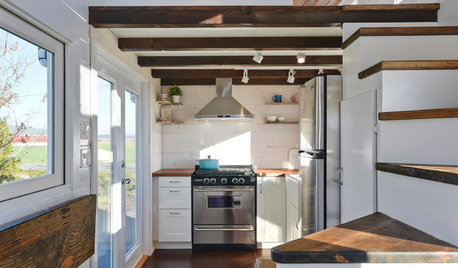
MOVINGHouzz Call: What’s Your Best Downsizing Tip?
Deciding what to say goodbye to can be hard, which is why we want to hear your hard-won wisdom. Please share your advice
Full Story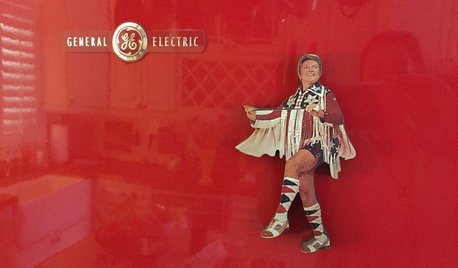
FUN HOUZZHouzz Call: What’s on Your Refrigerator?
Magnets, menus, children’s art, coupons, perfect-attendance certificates, song lyrics — what is fridge-worthy in your house?
Full Story
BATHROOM DESIGNWhat’s Your Bathroom Style? 9 Great Looks to Consider
See what creates a bathroom’s style, whether you like farmhouse, contemporary, industrial or your own brand of eclectic
Full Story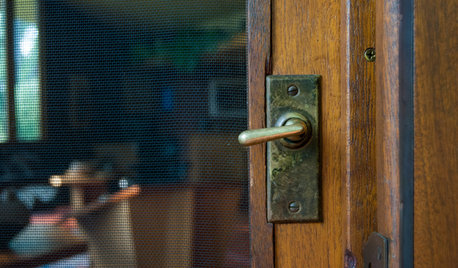
REMODELING GUIDESOriginal Home Details: What to Keep, What to Cast Off
Renovate an older home without regrets with this insight on the details worth preserving
Full Story
KITCHEN DESIGNWorking the Room: What’s Popular in Kitchens Now
We break down 9 kitchen design ideas that are making people happy — and show how to make them work for you
Full Story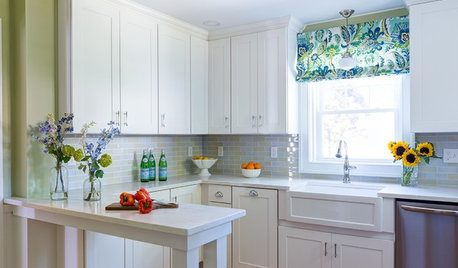
INSIDE HOUZZWhat’s Popular for Kitchen Counters, Backsplashes and Walls
White is the top pick for counters and backsplashes, and gray is the most popular color for walls, a Houzz study reveals
Full Story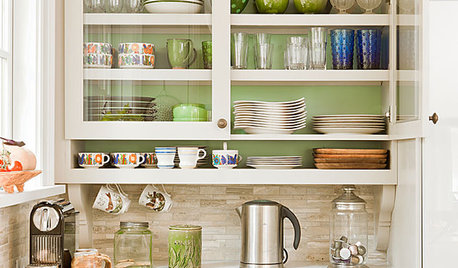
KITCHEN CABINETSChoosing New Cabinets? Here’s What to Know Before You Shop
Get the scoop on kitchen and bathroom cabinet materials and construction methods to understand your options
Full Story




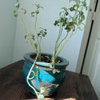
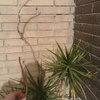
41 North (Zone 7a/b, NE, coastal)
tapla (mid-Michigan, USDA z5b-6a)
Related Discussions
Something chewed up my cast-iron plant
Q
Why do diebacks occur on my cast iron plant and how to make it flower?
Q
What’s wrong with my Cayenne pepper plant
Q
What’s wrong with my snake plant?
Q
Heruga (7a Northern NJ)Original Author
tapla (mid-Michigan, USDA z5b-6a)
41 North (Zone 7a/b, NE, coastal)
Heruga (7a Northern NJ)Original Author
tapla (mid-Michigan, USDA z5b-6a)
Heruga (7a Northern NJ)Original Author
tapla (mid-Michigan, USDA z5b-6a)
Heruga (7a Northern NJ)Original Author
tapla (mid-Michigan, USDA z5b-6a)